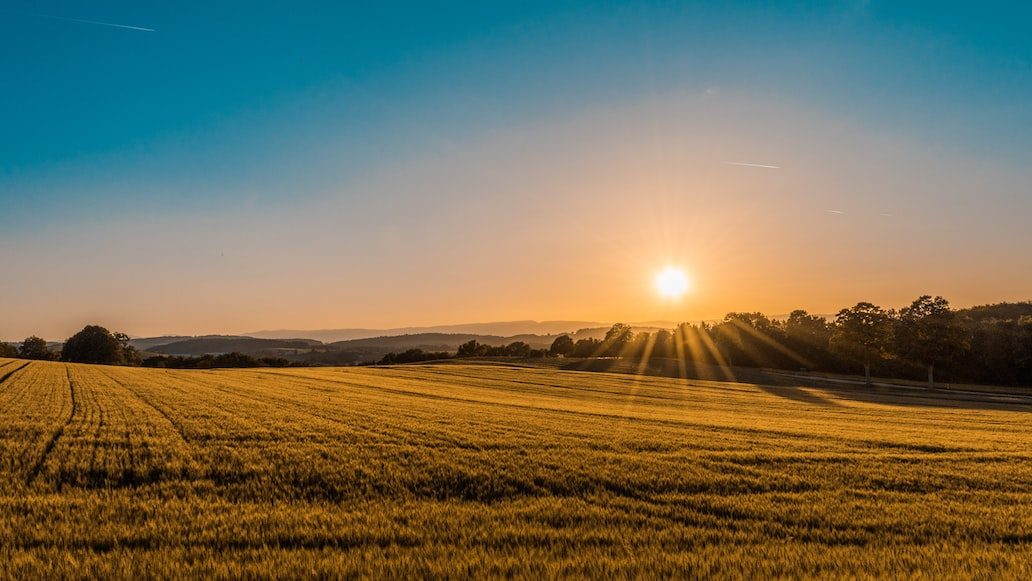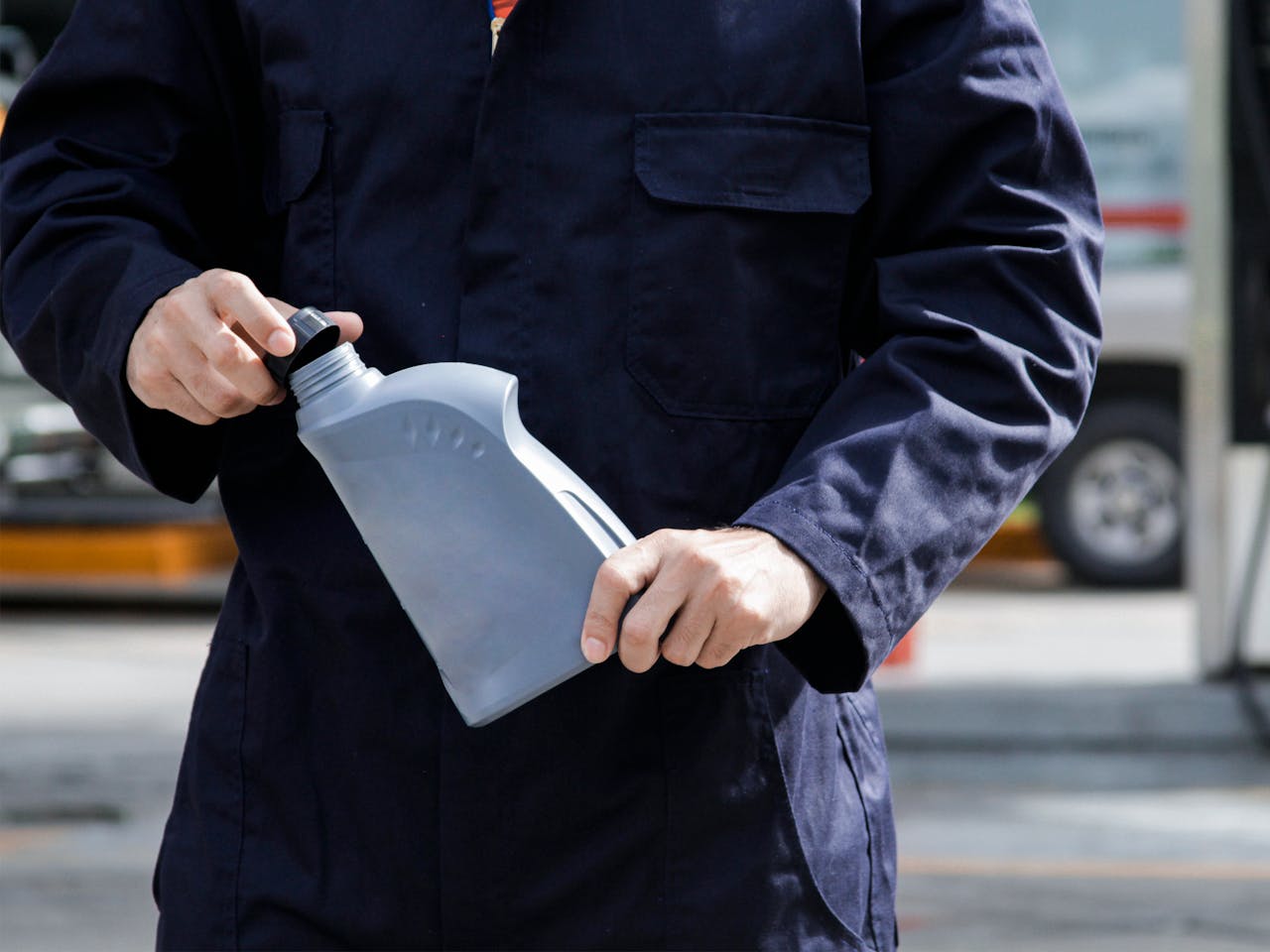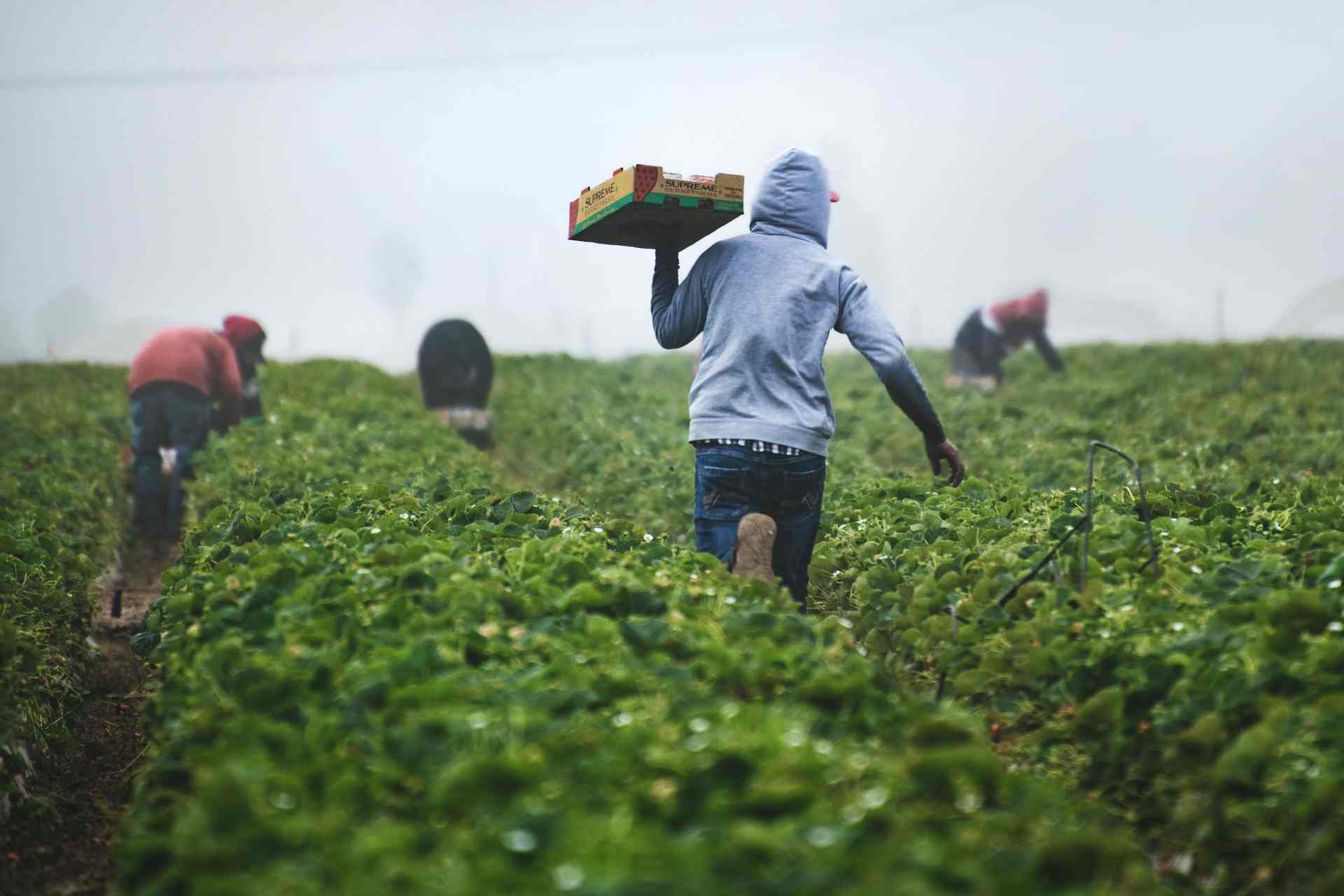

Myanmar has historically been an agricultural economy. Over half of the country’s workforce is employed in the industry. It is divided into three segments, namely crop production, fishing, and livestock. Rice is the main commodity of the agricultural industry, but in recent years, production has decreased. Currently, the production of dry beans and sugar cane has increased.
Disruptions are common to the agriculture industry in Myanmar, with monsoon rains becoming stronger and farmers investing less due to higher costs of fertilizer. These farmers are also cash-constrained due to financial difficulties, and additionally, they have limited access to financial institutions where they can build credit.
There’s much to be desired in terms of government policies as well as agriculture technology in Myanmar. Businesses planning to enter this industry are in a unique position to become first movers in adapting to innovations and improving systems for farmers and the sector in general. What kinds of reforms can be made in agriculture in Myanmar, and what is there to look forward to?

The country’s most important crop and its largest value chain is rice. As the main product of agriculture in Myanmar, rice availability is crucial not only for its major contribution to the country’s total GDP but also for food stability. From the beginning of the COVID-19 pandemic until the military takeover of the government, the rice value chain experienced significant disruptions.
Besides the high volume of crops in Myanmar, other sectors have also played greater roles in the agriculture industry. Since 2018, livestock and fishing have also contributed significantly to the country’s total GDP. These sectors have become crucial in terms of food production as well as labor.
While rice remains the top priority in the development of the agriculture industry, other sectors like sugar cane and dry beans farming can also be leveraged to support food production. Fishing and livestock are also important, especially as high-quality sources of protein for the population. All these segments have opportunities to adopt technology and create systems to improve the value chain and contribute more to the country’s total GDP.
Controversial farming methods in Myanmar have become more questionable especially as it involves deforestation. Farmers have adopted a slash-and-burn method, where they set fire to forest areas to create fields for cultivating crops. Deforestation can cause soil erosion, which can be dangerous for both livelihood and human life.
Helping farmers develop new farming methods that will simultaneously preserve forest areas and prepare fields for crops will allow the agriculture industry in Myanmar to contribute to sustainability efforts in the country. The importance of agriculture in Myanmar cannot be understated, but it can also become problematic, so adopting new technologies can help the country grow the industry and protect endangered forest areas.
Myanmar is looking at quadrupling its economy by 2030, and the agriculture industry is expected to play a huge role in making this happen. Investing in technology, strengthening electrification and transportation, and introducing innovations to agriculture can make it possible.
The country is well overdue for upgrades in its agricultural methods. If Myanmar wants its economy to flourish, supporting the agriculture industry through technology and policy development is essential.

SEA Cryptocurrency Regulations and Policies
Navigating SEA's cryptocurrency regulations requires a nuanced understanding of the regulatory landscape, adoption trends, and influencing factors.

Opportunities in Digitalization App for Automotive Lubricant Market in SEA
The automotive lubricant market in Southeast Asia is at the cusp of a digital revolution. Stakeholders can anticipate a continued surge in digitalization applications for the lubricant market, aimed at driving efficiency, enhancing customer experiences, and championing sustainability initiatives. Key themes such as e-commerce, data analytics, IoT integration, personalized experiences, and sustainability are poised to shape the industry's trajectory, providing opportunities for innovation and growth.

The Transformation of Myanmar's Garment Industry
Myanmar's garment industry has undergone substantial expansion and change in recent years. Learn more about the latest developments in the sector.

The Development of Agriculture in Myanmar
Learn more about the latest advancements in Myanmar’s agriculture sector as the industry continues to mature.